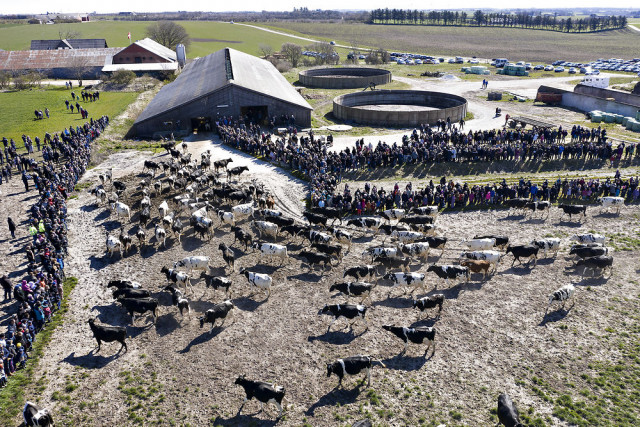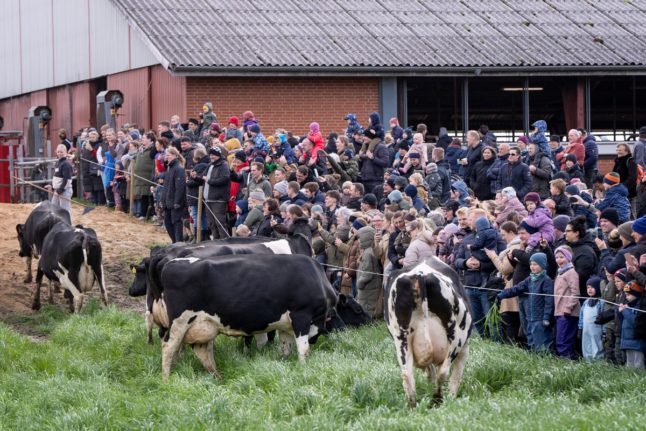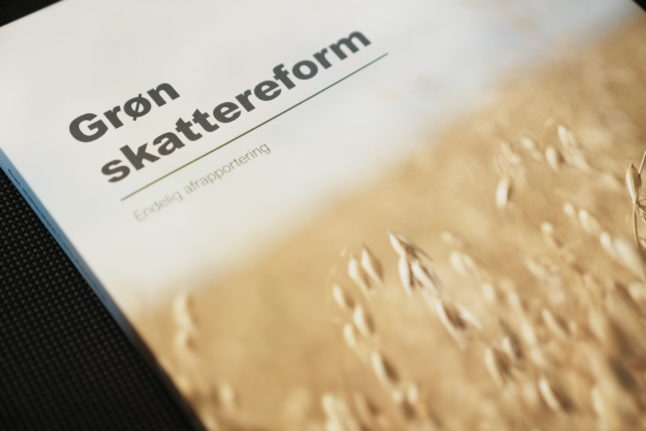The annual tradition of celebrating the end of cows’ winter enclosure took place at midday on Sunday, when cows were released on to the grass at 59 organic farms across the country in front of audiences of cheering crowds as part of the so-called Økodag, or “dancing cow day”, as it is sometimes known.
This year 33,000 people registered to attend and 11 farms had so much interest they closed early for registrations.
“It’s a happy day, but there are also a few heavy clouds over this day when I think about the future,” Michael Kjerkegaard, head of the National Organic Association, said in a press release.
He said that cows grazing outdoors could be a thing of the past if the ecological benefits of outsdoor grazing were not rewarded in the coming CO2 tax on agriculture.
“In the National Ecological Association, we are in favour a CO2 tax, because we have to act on the challenges of the future, but we are calling action stations, because the Svarer committee’s models do not take into account what we, as organic farmers, already offer to take good care of the climate , nature, groundwater and animals,” he said.

Photo: Jens Nørgaard Larsen/Ritzau Scanpix



 Please whitelist us to continue reading.
Please whitelist us to continue reading.
Member comments